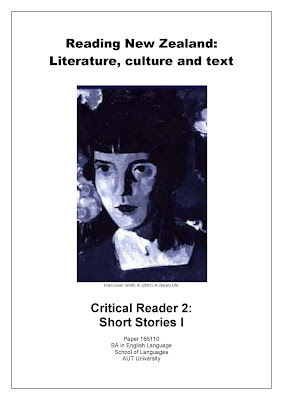Robin Hyde, ‘In the Lane’, ‘The Last Ones’, ‘At the Beaches’
1. Horses occur in Robin Hyde’s poems ‘In the Lane’ and“The Last Ones’. Compare and contrast how these animals function in each of these poems.
2. What euphemisms and other indirect techniques does Hyde use in the ‘The Beaches IV’ to refer to the couple’s romantic activities and her own desire?
Dennis Glover, ‘The Magpies’, ‘extracts from ‘Sings Harry’
3. What is the rhyme schema of Dennis Glover’s‘Tom and Elizabeth’? (Represent as letters by stanza, i.e. ABBA, etc).
4. Based on your reading of ‘Tom and Elizabeth’ and the extract from ‘Sings Harry’, what common themes does Glover draw out of life on New Zealand farms?




